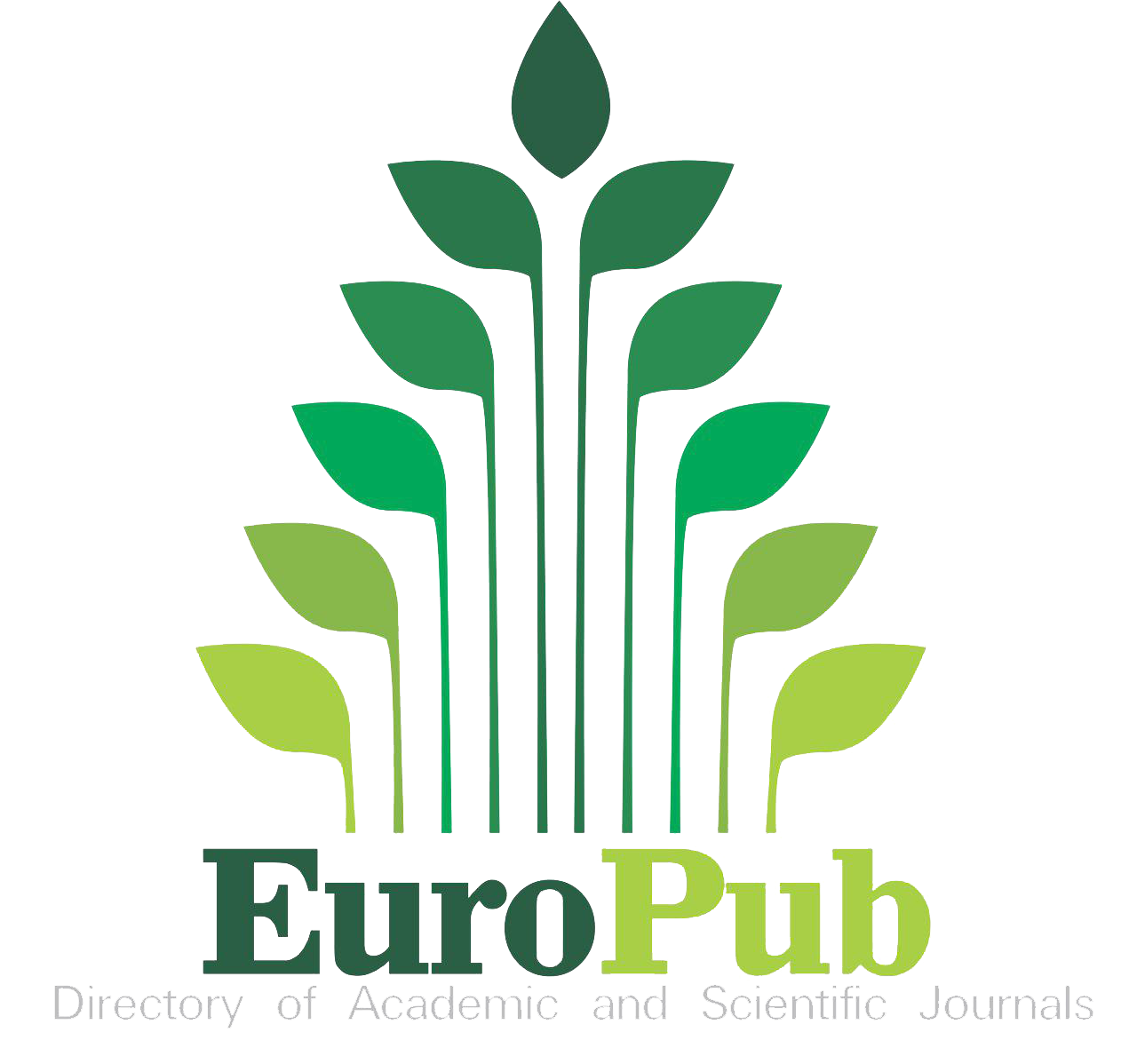APPROACHES TO SOLUTION SOME PROBLEMS ON THE PROTECTION OF EROSON SOILS IN AZERBAIJAN
Abstract
430 million hectares of land was damaged as a result of erosion processes in different countries of the world. Surface, split and irrigation erosion is also widespread throughout the country. 43.29% of the total area is subject to varying degrees of erosion. In some regions, especially in the Nakhchivan Autonomous Republic, erosion processes cover 70% of the area. 66.6 of the total area of the southern slope of the Greater Caucasus underwent erosion. In some areas of the country, the percentage of destroyed farms is high. This figure is 51% in the Lachin-Kelbajar zone, 57.9% in the Guba-Khaimaz zone and 72.4% in Sheki-Zagatal. The newly formed fragments break agricultural land into small parts and make them useless. The following erosion intensity scale is presented. 1) clean washing up to 0.5 t / ha, 2) poor washing up to 0.5 t / ha, 3) moderate washing 1-5 t / ha, 4) strong washing -5-10 t / ha, 5) very strong wash -10 t / ha. In different geographical areas of the country, the possible distances between the strips on different slopes were also determined. Soil preparation should be carried out with a strip of 1–2 m every 3–5 m in zones with a 10–200 frequency, from moderate to heavy and a width of 1.5–3 m in each of 2-3 m in highly washed areas of 20–300 m trench to dig. In large areas with more than 15-200 thick and thick soils and where the tractor can work, deforestation should be carried out on terraces. On slopes where heavily washed and often hard rocks are exposed, soil can be set up to create yards and ditches. In different geographical areas of the country, the possible distances between the strips on different slopes were also determined. Soil preparation should be carried out with a strip of 1–2 m every 3–5 m in zones with a 10–200 frequency, from moderate to heavy and a width of 1.5–3 m in each of 2-3 m in highly washed areas of 20–300 m trench to dig. In large areas with more than 15-200 thick and thick soils and where the tractor can work, deforestation should be carried out on terraces. On slopes where heavily washed and often hard rocks are exposed, soil can be set up to create yards and ditches. In different geographical areas of the country, the possible distances between the strips on different slopes were also determined. Soil preparation should be carried out with a strip of 1–2 m every 3–5 m in zones with a 10–200 frequency, from moderate to heavy and a width of 1.5–3 m in each of 2-3 m in highly washed areas of 20–300 m trench to dig. In large areas with more than 15-200 thick and thick soils and where the tractor can work, deforestation should be carried out on terraces. On slopes where heavily washed and often hard rocks are exposed, soil can be set up to create yards and ditches. In large areas with more than 15-200 thick and thick soils and where the tractor can work, deforestation should be carried out on terraces. On slopes where heavily washed and often hard rocks are exposed, soil can be set up to create yards and ditches. In large areas with more than 15-200 thick and thick soils and where the tractor can work, deforestation should be carried out on terraces. On slopes where heavily washed and often hard rocks are exposed, soil can be set up to create yards and ditches.
Downloads
Published
How to Cite
Issue
Section
License
Copyright (c) 2022 Dr. H. Aliyev

This work is licensed under a Creative Commons Attribution 4.0 International License.
This is an Open Access article distributed under the terms of the Attribution 4.0 International License [CC BY 4.0], which allows reusers to distribute, remix, adapt, and build upon the material in any medium or format, so long as attribution is given to the creator.





